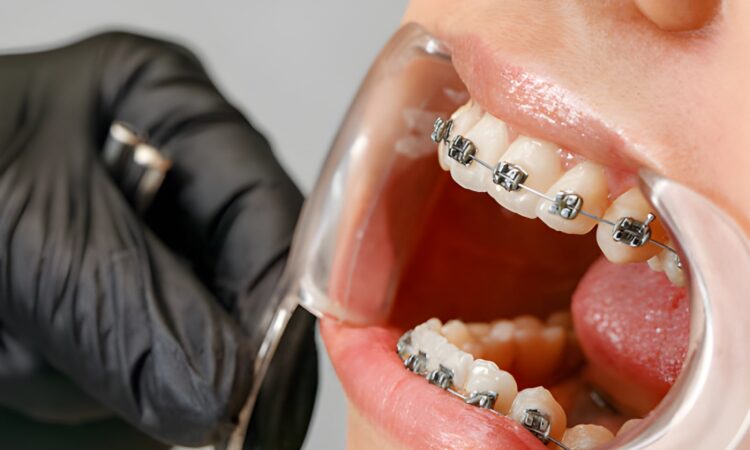
Surgical orthodontics is a special form of process which involves both surgical and orthodontic therapy to correct critical dental and skeletal anomalies. Some patients struggle with complex issues that cannot be resolved with orthodontic techniques only. You need to understand the surgical orthodontic fundamentals to stay well-informed and expectations from this treatment.
At the forefront of surgical orthodontics is Belle Orthodontics, a practice dedicated to providing comprehensive orthodontic services tailored to individual patient needs. They are skilled to handle complex cases and patients get the best care possible. With the assistance of innovative technologies and tailored treatment schedules, the specialists enable the patients to get the best outcomes, enhancing the functionality and visual appearance.
Markers in Surgical Orthodontics
Surgical orthodontics is usually recommended when patients have severe skeletal discrepancies (i.e. gross overbites, underbites or crossbites). Such problems can be as a result of development issues, trauma, or congenital issues. Under these circumstances, orthodontics is not sufficient. There is a need for surgery to reposition the jaw and align the teeth accordingly. Main surgical interventions can be orthognathic surgery that restores the position of the jaw, and tooth removals to provide space to make everything fit correctly.
The Surgical Orthodontic Process
Surgical orthodontics usually takes place in multiple phases. The dental assessment is first, which involves diagnostic imaging and a careful assessment of the dental and face structure of the patient. This evaluation assists the orthodontist to formulate a unique course of treatment.
After designing the plan, pre-surgical orthodontic treatment is started to prepare the teeth for an operation. This stage may take a couple of months and during this time, the teeth are manipulated with the help of braces or any other appliance to ensure that they fit as closely as possible.
Now, the patient is eligible for surgery to fix the skeletal discrepancies. After the surgery, the orthodontics work may be required to further adjust the position of the teeth, and achieve a stable bite. It may also take several months to accomplish this phase but results are usually worth the time taken.
Advantages of Surgical Orthodontics
Surgical orthodontics has more than just aesthetic benefits. Skeletal discrepancies can be corrected to a great effect to enhance oral functions such as chewing and speaking. It can also help relieve pain on the jaw, headaches and any other pain which accompanies misalignment. Patients usually end up with high self-esteem and confidence after the orthodontic surgical procedures since they attain a more balanced look on their face.
Conclusion
Surgical orthodontics is an important part of orthodontic therapy, as it is focused on treating complicated dental and skeletal problems that cannot be solved by orthodontic techniques only. Learning the basics of surgical orthodontics, will help you make a wise choice regarding possible treatment methods which will open the door to a better oral health and quality of life. When you or any one you know are thinking of undergoing surgical orthodontics, the first thing that you should do to ensure that you have a healthier, more beautiful smile is to consult a qualified orthodontic specialist in your area.





